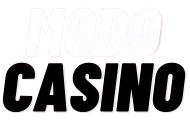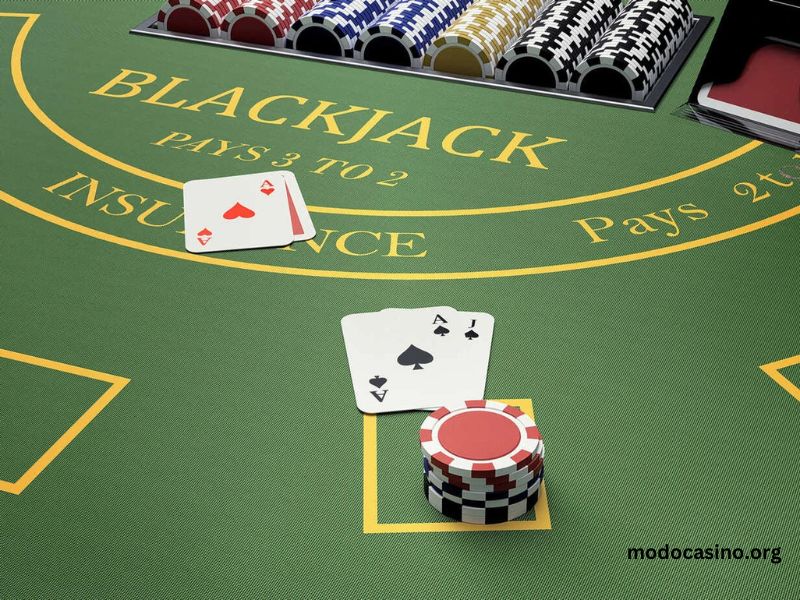Blackjack, also known as 21, is one of the most popular casino games worldwide. Its blend of skill and luck, along with the allure of high-stakes play, draws in millions of players each year. Among the various strategies and options available in the game, one intriguing aspect is the insurance bet. This article delves into what insurance is in blackjack, how it works, its strategic implications, and when (or if) players should consider using it.
Understanding the Basics of Blackjack
Before we dive into insurance, it’s essential to understand the basic rules of blackjack. The objective of the game is simple: beat the dealer’s hand without going over 21. Players are dealt two cards, typically one face-up and one face-down for the dealer. Players can choose to “hit” (take another card) or “stand” (keep their current hand), and they can also double down or split pairs in certain situations.
In blackjack, the cards are valued as follows:
- Number cards (2-10) are worth their face value.
- Face cards (Kings, Queens, Jacks) are each worth 10.
- Aces can be worth either 1 or 11, depending on which value benefits the hand more.
What Is Insurance in Blackjack?
Insurance is a side bet offered when the dealer’s upcard is an Ace. It is a bet that the dealer has a blackjack (an Ace and a ten-value card) in the hole (the facedown card). Players can place an insurance bet for up to half of their original bet after the initial deal. The insurance bet pays 2 to 1 if the dealer does indeed have a blackjack, which means if you bet $10, you would win $20.
The Mechanics of Insurance
Here’s how the insurance bet works in a typical game of blackjack:
- Dealer Shows an Ace: If the dealer’s upcard is an Ace, players are given the option to take insurance.
- Placing the Bet: Players can choose to place a bet equal to half their original wager on the insurance line.
- Dealer Checks for Blackjack: The dealer will check their hole card. If the hole card is a ten-value card (10, Jack, Queen, or King), the dealer has blackjack.
- Resolving the Insurance Bet:
- If the dealer has blackjack, the insurance bet wins at 2 to 1.
- If the dealer does not have blackjack, the insurance bet loses, and the main game continues.
Example of Insurance in Action
Suppose you bet $20 on your blackjack hand. The dealer shows an Ace. You decide to take insurance and place a $10 bet. The dealer checks their hole card and reveals a King, meaning they do not have blackjack. You lose your $10 insurance bet, but the game continues with your original $20 bet.
If the dealer had revealed a ten-value card instead, you would win your insurance bet, collecting $20 (your $10 bet pays 2 to 1) while still playing your main hand.
The Odds Behind Insurance
Understanding the odds can help players make informed decisions about insurance. The deck composition plays a significant role in whether taking insurance is a wise strategy.
When the dealer shows an Ace, the probability that they have a ten-value card in the hole is roughly 30.8% (16 out of 52 cards in a standard deck are ten-value cards). This means that if you take insurance, you’re betting on a less-than-even chance that the dealer has blackjack.
House Edge on Insurance Bets
The house edge on insurance bets is substantial. When players take insurance, they are essentially making a wager that pays off less often than it should for the odds. Statistically, the insurance bet has a house edge of about 7.4%, which is significantly higher than the house edge for the main game, which can be as low as 0.5% when played optimally.
Strategic Implications of Taking Insurance
When to Take Insurance
Many experienced blackjack players advise against taking insurance. Since the odds are not in the player’s favor, insurance is generally considered a bad bet. However, there are a few scenarios where it might make sense to consider it:
- Card Counting: Players who count cards and have a good grasp of the deck composition may opt for insurance if they believe there are more ten-value cards left in the deck than usual. This advanced strategy requires a strong understanding of the game and a disciplined approach to betting.
- Risk Tolerance: Some players may simply enjoy the thrill of placing side bets, and insurance can add an element of excitement to the game. If you have a higher risk tolerance and are playing for fun rather than profit, you might choose to take insurance.
- Game Variations: In some blackjack variations, such as those played with fewer decks, the odds might shift slightly in favor of the player. However, these situations are rare, and the basic advice remains largely the same.
When to Avoid Insurance
- Basic Strategy: For the average player following basic strategy, the consensus is to avoid taking insurance. The odds favor the house, and your bankroll is better spent on maximizing your main bet.
- Non-Card Counters: If you aren’t counting cards or have no way of knowing the composition of the deck, taking insurance is usually not advisable. Without this information, you are gambling without a strong rationale.
The Bottom Line
Insurance in blackjack can be a tempting option for players, especially when the dealer shows an Ace. However, understanding the underlying mechanics and odds is crucial for making informed decisions. For the majority of players, the best course of action is to decline the insurance bet and focus on optimizing their main blackjack strategy.
In summary, while insurance may offer an exciting side bet, it often does not align with a player’s best interest from a statistical standpoint. Blackjack is a game of skill and strategy, and successful players typically make decisions based on probabilities and expected outcomes. By avoiding the insurance bet, players can keep their focus on maximizing their chances of winning in the core game of blackjack.




